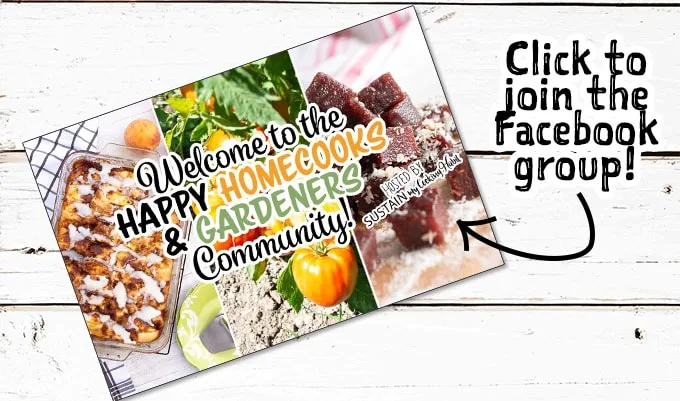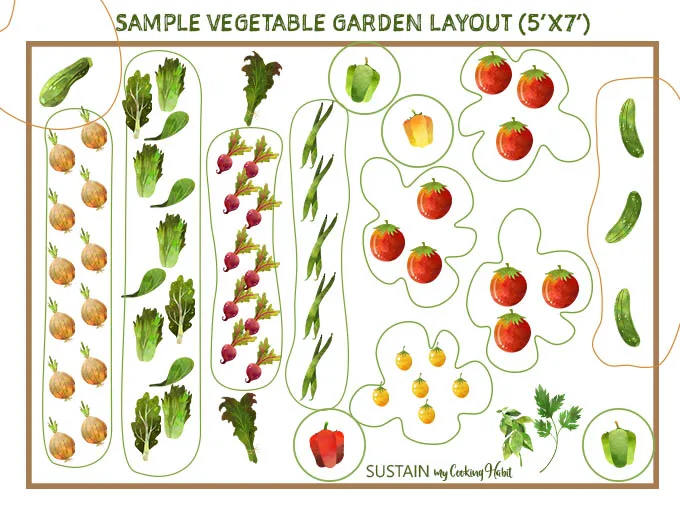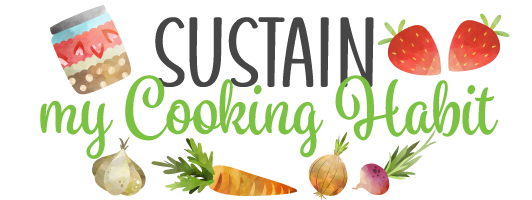Welcome back to our Beginner Gardening Series! Over the next few weeks we’ll go through the process of making a 5’x7’ backyard vegetable garden, step-by-step. Last week we covered the Where, What and Will it Grow of Backyard vegetable gardening. If you haven’t yet, visit that post on Planning your Backyard Garden and download the planning worksheet. In Part 2 we’re covering the basic supplies you need to start building your backyard garden.

If you’d like to jump to a previous week, here is what we’ve covered (and will be covering):
Planning Your Backyard Garden
Supplies to Get for Making a Small Backyard Garden (we are here)
Preparing the Backyard Garden for Planting
Planting Vegetable (Pepper) Seeds Indoors
Weeks 1-3: How to Plant Lettuce Seeds Outdoors
Weeks 1-3: Planting Cold Crop Bulbs (we are here)
Weeks 2-4: Planting Beets and Herb Seeds Outdoors (coming soon)
Garden Maintenance (coming soon)
Weeks 6-8: Planting Seedlings to the Garden (coming soon)
Troubleshooting (coming soon)
First Harvest! (coming soon)
Basic Backyard Gardening Supplies
The best thing about gardening is that you really don’t need a lot of fancy or expensive tools and supplies. One of the biggest reasons for having your own vegetable garden is the cost-savings so we don’t want to spend too much to get started. Build little by little – keep an eye out for sales, especially in the fall, at the end of the season.

We’ve created this handy Garden Supplies Shopping List printable for your reference. You can refer to it to see what supplies you already have on hand and which you might need to pick up. Just click to grab it.
1. Helpful Gardening Tools
- A good quality spade, hoe, rake
- Gardening gloves
- Snippers (optional)
In Part 3 of this series we’re starting to get our hands dirty and actually building the garden. If you’re thinking about a raised garden bed now’s the perfect time to build a simple garden bed or even buy one that requires no tools to assemble. But this is not at all necessary – keep it simple if you are just starting out and you can always make adjustments next year.

2. Soil, Manure and Peat Moss
The amount of soil you will need will depend on the state of the soil you already have in your backyard. In my yard, there is very little actually growing earth and a lot of hard clay. So I had to bring in the full amount of soil suggested below to start my garden. You can never really have too much soil/compost/peat moss – add it to other areas of your yard or sprinkle any leftover across the grass.
- Gardening soil – 10 bags (each ~1 cubic foot)
- Cow or Sheep Manure or Compost for nutrients (a natural fertilizer) – about ⅓ of the amount of soil (i.e. ~3 bags)
- Peat moss to help retain moisture and keep the soil from being too dense – ½ bag
3. Seeds and/or Seedlings
If you recall from last week, we are working towards building the following garden. But if you made any changes to the vegetables you plan on growing, be sure to add those seeds and/or plants to your Shopping List.

If you have any questions about other plants you want to grow, or where to place them in the garden, be sure to ask in our Happy Home Cooks and Gardeners Facebook Group.

If you are starting your garden early enough (mid-April to early May in Zone 6a/b) you can buy and plant certain seeds directly in the ground (we’ll go into the timing of each in more detail in Part 4).
You want to buy seed varieties that are specific to your hardiness zone (which you figured out last week). Seeds are great to buy because they are much less expensive (about $1-$3 per package) than plants ($5-$8 per plant).

Some vegetable seeds however take a lot longer to grow. Tomatoes for example take over 4 months to grow from seed before they start producing fruit. Thus, for plants such as tomatoes and peppers, you will either start to grow them from seed indoors, or buy the seedlings just before planting in mid-may to early June.
The following vegetables are great to plant directly in the garden from seeds because they grow within a few weeks:
- Onions
- Lettuce (buy two types of seeds and mix them together for variety)
- Cucumbers
- Kale
- Beets (Swiss Chard is great if you don’t like beets)
- Snap beans (not climbing – grow low to the ground)
These vegetables you will either want to start growing indoors or buy the seedlings:
- Tomatoes
- Peppers

Where to Buy Gardening Supplies?
Typically we buy any soil or seeds/seedlings at either our local grocery store or garden center. Many home improvement and department stores also carry gardening items. Ideally look for when soil and supplies are on sale and then stock up! For example, we can often find the 1 cu ft bags of garden soil for about $2-$3.
Online shopping is also a great alternative. Check if your local garden center/greenhouse offers shipping, or you can always check Amazon and even Etsy. Just make sure when shopping online to check the sellers ratings and reviews and make sure the plant is suited to your hardiness zone.

When to Start Planting?
In Part 3 of this series we will be talking about what you need to do to prepare your garden for planting. You can start planting certain seeds as early as mid- to end- of April. But don’t worry if you’re behind- the growing window is quite long. Moreover, if you run out of time to plant seeds, you can always start with seedlings in June instead.
Are you ready to get started? Check what you have and what you need from the Garden Shopping List. Share a picture of your list, supplies, seeds or growing plants in the Happy Homecooks and Gardeners Facebook Group for feedback and ideas.

Like it? Pin it for later!


